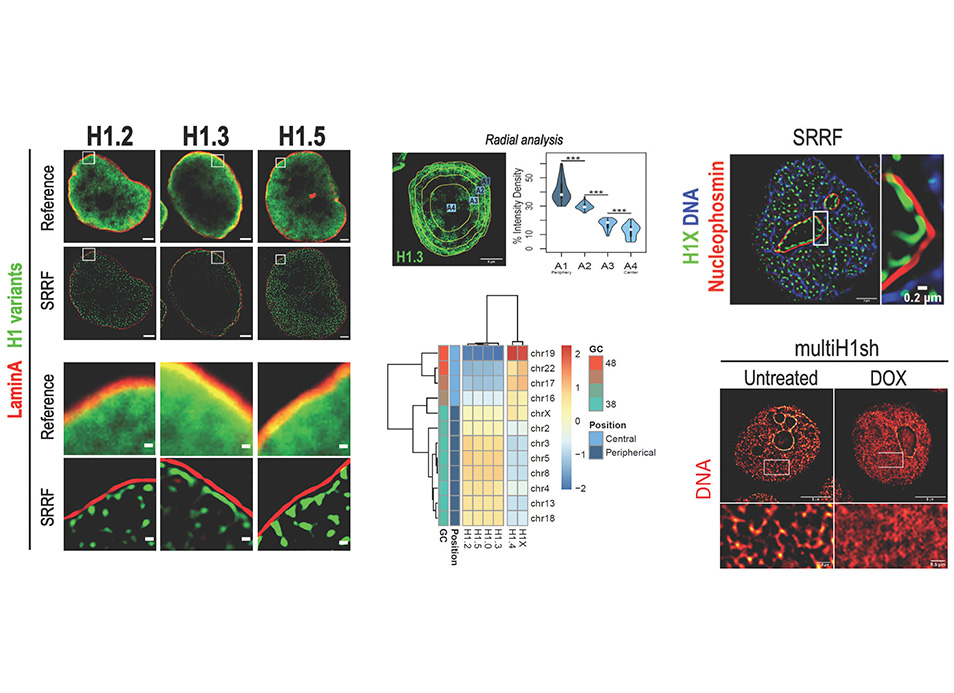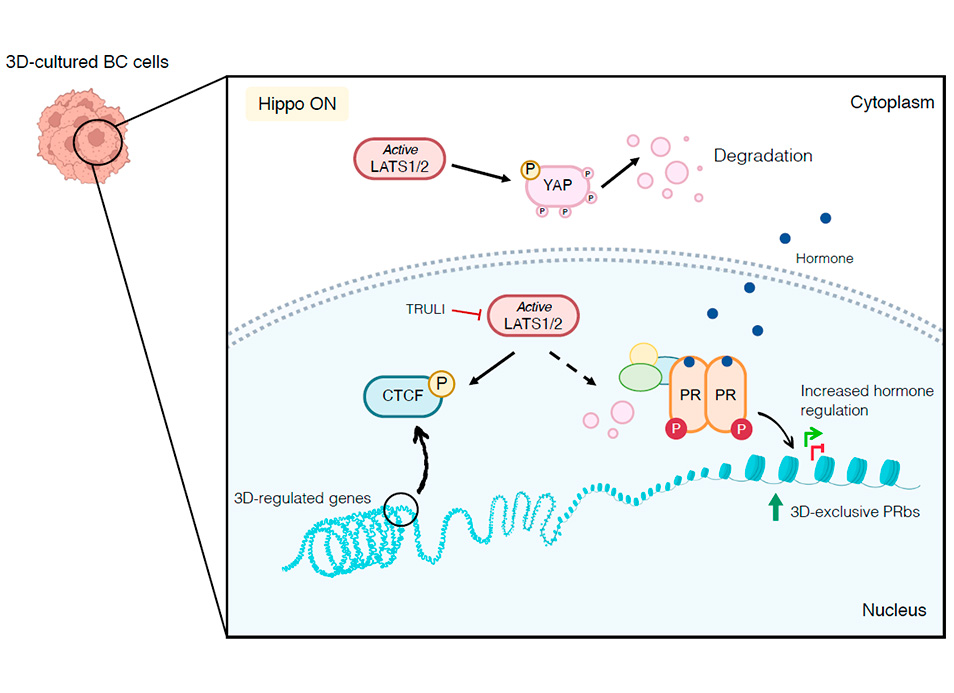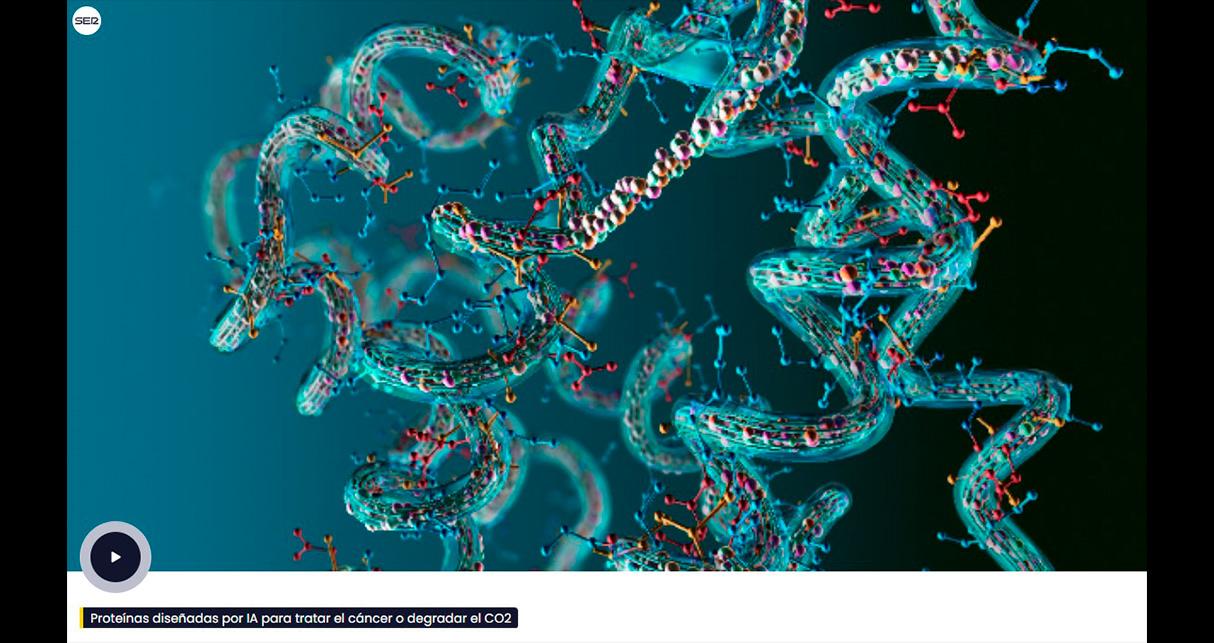New publication in eLife of the Jordan Lab in collaboration with the IBMB Imaging Platform showing that…
An integrative structural biology analysis of von Willebrand factor binding and processing by ADAMTS-13 in solution
- Von Willebrand Factor (vWF) is cleaved at a single site by peptidase ADAMTS-13
- We characterised the complex between a vWF-peptide and ADAMTS-13 by nine techniques
- The interaction conforms to a fuzzy complex that follows a dynamic zipper mechanism
- Many reversible, weak but additive interactions result in strong binding and cleavage
Von Willebrand Factor (vWF), a 300-kDa plasma protein key to homeostasis, is cleaved at a single site by multi-domain metallopeptidase ADAMTS-13. vWF is the only known substrate of this peptidase, which circulates in a latent form and becomes allosterically activated by substrate binding. Herein, we characterised the complex formed by a competent peptidase construct (AD13-MDTCS) comprising metallopeptidase (M), disintegrin-like (D), thrombospondin (T), cysteine-rich (C), and spacer (S) domains, with a 73-residue functionally relevant vWF-peptide, using nine complementary techniques. Pull-down assays, gel electrophoresis, and surface plasmon resonance revealed tight binding with sub-micromolar affinity. Cross-linking mass spectrometry with four reagents showed that, within the peptidase, domain D approaches M, C, and S. S is positioned close to M and C, and the peptide contacts all domains. Hydrogen/deuterium exchange mass spectrometry revealed strong and weak protection for C/D and M/S, respectively. Structural analysis by multi-angle laser light scattering and small-angle X-ray scattering in solution revealed that the enzyme adopted highly flexible unbound, latent structures and peptide-bound, active structures that differed from the AD13-MDTCS crystal structure. Moreover, the peptide behaved like a self-avoiding random chain. We integrated the results with computational approaches, derived an ensemble of structures that collectively satisfied all experimental restraints, and discussed the functional implications. The interaction conforms to a ‘fuzzy complex’ that follows a ‘dynamic zipper’ mechanism involving numerous reversible, weak but additive interactions that result in strong binding and cleavage. Our findings contribute to illuminating the biochemistry of the vWF:ADAMTS-13 axis.
*In Press, Journal Pre-proof.
Reference:
An integrative structural biology analysis of von Willebrand factor binding and processing by ADAMTS-13 in solution.
L. del Amo-Maestro, A. Sagar, P. Pompach, T. Goulas, C. Scavenius, D.S. Ferrero, M. Castrillo-Briceño, M. Taulés, J.J. Enghild, P. Bernadó & F.X. Gomis-Rüth.
J. Mol. Biol., in press.



